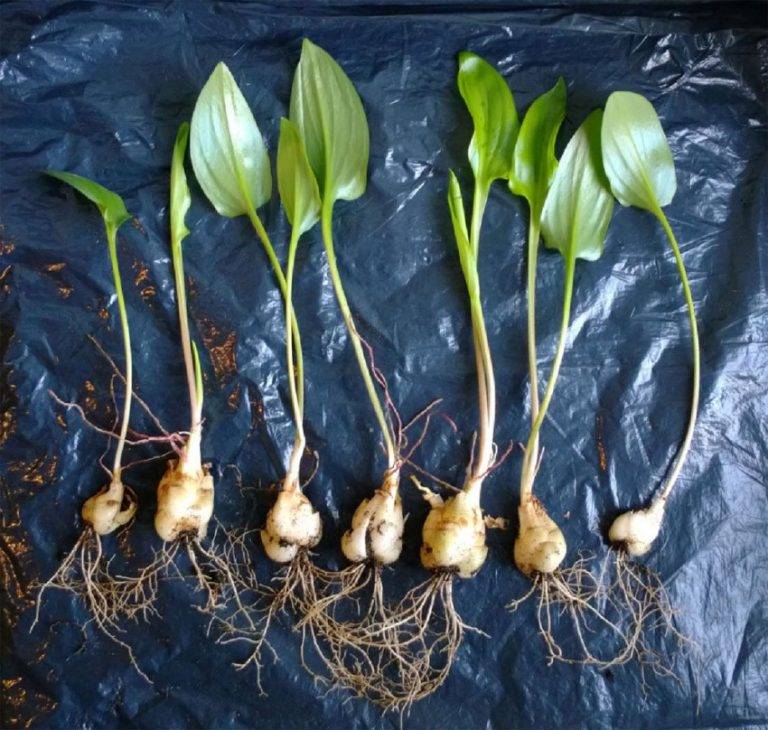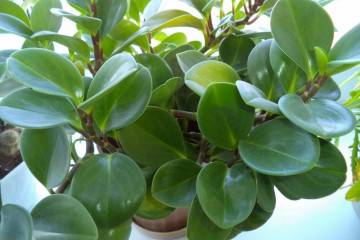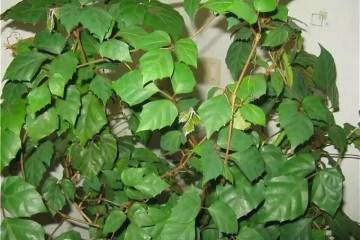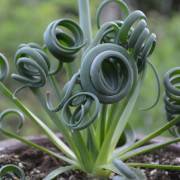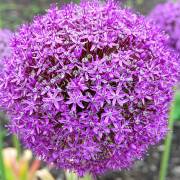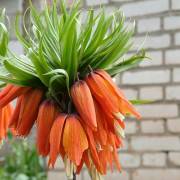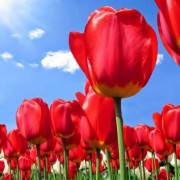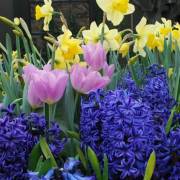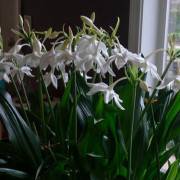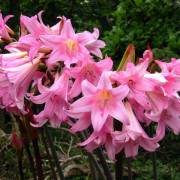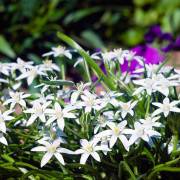Drimiopsis - home care
Content:
Drimiopsis is a flowering bulbous plant that is in great demand among flower growers. It is preferred for its lush green crown and dense inflorescences with small but fragrant buds. In the process of leaving, there are no difficulties even for novice florists. The plant is able to adapt to various indoor conditions and becomes a decoration for any interior.
Characteristics and features
At the present time, only 22 species are known belonging to this genus. Many people prefer to call the plant Leburia. Drimiopsis belongs to the Asparagus family, the Hyacinth subfamily.
Drimiopsis flower belongs to perennial herbaceous plants. It will be an excellent choice for those who prefer not spectacular inflorescences, but bright speckled greenery. This groundcover flower grows to form solid carpets of leaves.
The leaves are thick and dense, glossy, can be either monochromatic or covered with oval-shaped patterns with pointed tips. When the sun's rays hit them, they cast silver.
Common varieties
Despite the fact that breeders have 22 varieties of this flower, only two of them can grow at home:
- Drimiopsis Kirka - grows in length from 40 to 50 cm.The white bulb resembles an ordinary onion. Leaves are deep green with dark spots. The flowering period occurs in mid-spring and lasts until autumn.
- Drimiopsis Spotted - its feature is that during the rest period, it completely loses its leaves. In the warm season, pale yellow flowers with a pleasant aroma appear on the plant. The leaf plate is heart-shaped.
Today, experts identify only 14 varieties of this flower.
Features of home care
When Drimiopsis is grown, home care does not cause problems even for novice florists, since it belongs to unpretentious varieties. It is required to take care of the flower regularly, but at the same time it is not necessary to perform any complex and requiring financial investments.
Temperature
For Leburia, the optimum temperature is between 22 and 25 ° C. In winter, it drops to 14 ° C. At the same time, experts do not recommend increasing the temperature values above 20 ° C in winter, and 8 ° C is considered critical. If the indicators fall, lower, then there is a high probability that the plant will subsequently not be able to recover.
Lighting
When growing Drimiopsis, care must necessarily mean providing good lighting. A lighted place is ideal for a flower, but at the same time it should not be kept under the scorching sun. It should never be exposed to direct sunlight, resulting in burns. To prevent their appearance during strong solar activity, it is recommended to shade the flower.
Watering
Water the plant as needed during the growing season. It is strictly forbidden to allow the soil to dry out, but abundant watering can adversely affect the flower and its properties, so it should be moderate.
Humidity
The plant can be sprayed no more than once a week or wipe its leaves with a damp cloth.
The plant is unpretentious to moisture. The optimal indicator is considered to be in the range from 40 to 50%.
Priming
Drimiopsis thrives on loose and nutritious soil. For planting, you can purchase a ready-made mixture for bulbous crops or prepare it yourself. To do this, you need to take turf, humus, small pebbles and sand.
Top dressing
Throughout the entire cultivation of indoor Drimiopsis, in order to make its leaves colorful, it is necessary to systematically feed. Liquid formulations should be applied twice a month during the period of active growth.
Features of winter care
Regardless of the type of plant, each drimiopsis needs to organize the correct rest period. For this, the air temperature drops to 13 ° C, and irrigation is gradually reduced. Top dressing is completely stopped. With regard to lighting, no changes are required. Drimiopsis kirkii remains overwintered with leaves, the spotted one partially sheds them.
When and how it blooms
Flowering begins in February and lasts for 60-90 days. If the plant is properly cared for, there is a possibility that it can bloom again. The flower appears on a long stem and is pyramidal in shape.
Pruning
Only old and dry leaves are cut on the plant.
Reproduction
Drimiopsis variegated reproduces in several ways - by seeds, cuttings and bulbs. The most common is the seed method, as it is simple and effective.
Germinating seeds
When growing a flower indoors, it rarely forms seeds, but despite this, they can be purchased at a specialized store. They are sown in a container, covered with foil and placed in a warm room, the temperature in which should be around 25 ° C. The first shoots appear after 15-20 days.
Rooting cuttings
This method is relevant for the Kirka variety. For reproduction, a healthy leaf is taken, which is separated at the base and rooted in the ground. Germination should be carried out in a warm and well-lit room with no drafts.
Separation of bulbs
Bulb propagation is recommended by experts when transplanting. The final stage of rest is best suited for this. The planting material must be separated from the mother plant, and then planted in pre-prepared soil, after pretreating the cut sites with charcoal or crushed activated carbon.
Transfer
When growing Drimiopsis spotted, home care involves regular transplants. A plant under the age of three years should be transplanted once a year. Then the number is reduced to 1 time in three years.
Pests and diseases
The plant has a fairly strong immunity. Most often, problems and diseases arise as a result of excessive soil moisture or hypothermia. In this case, according to the description, the plant may be affected by root rot, anthracnose or powdery mildew.
Among other things, the plant can encounter pests such as scale insects, mealybugs and spider mites. You can protect it from insects with the help of special products purchased at a gardening store.
The evergreen perennial leburia is one of the most popular and useful plants. He is preferred by both experienced and novice flower growers. It is extremely easy to grow it, since it is completely undemanding to care for.



